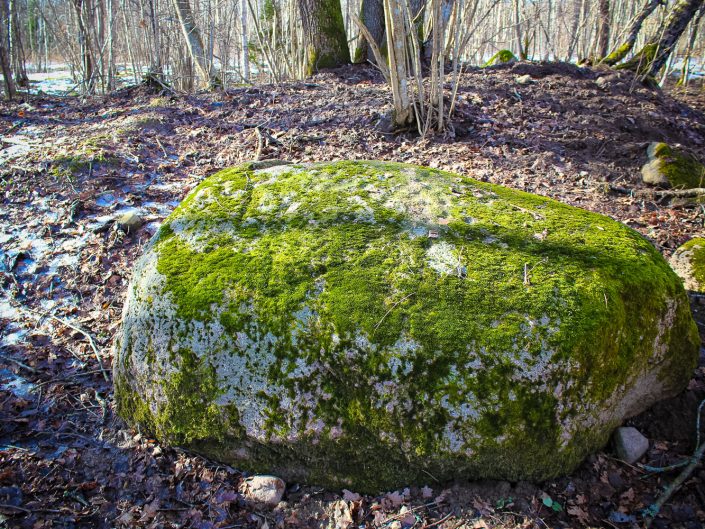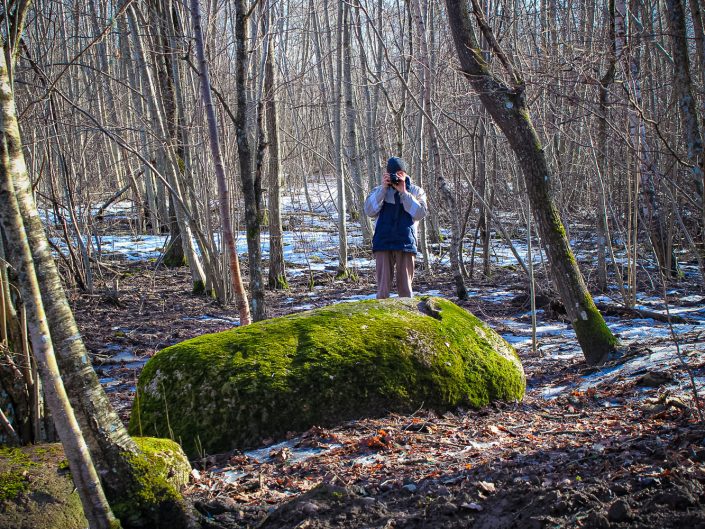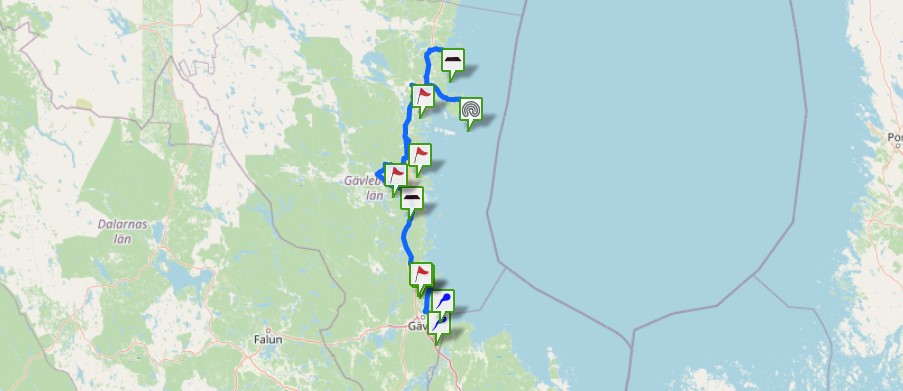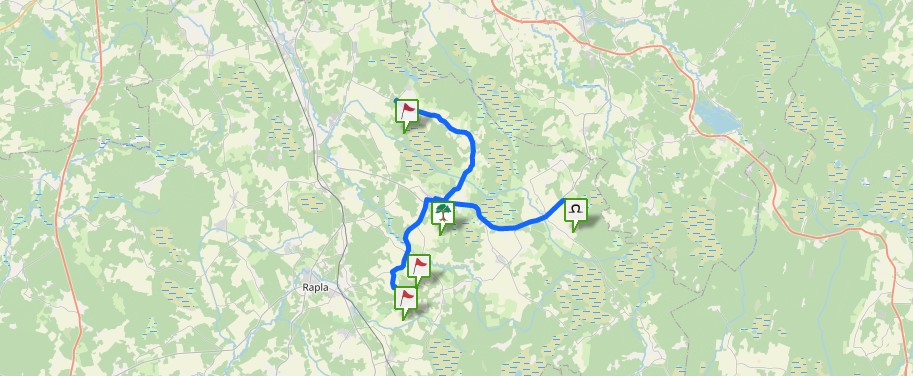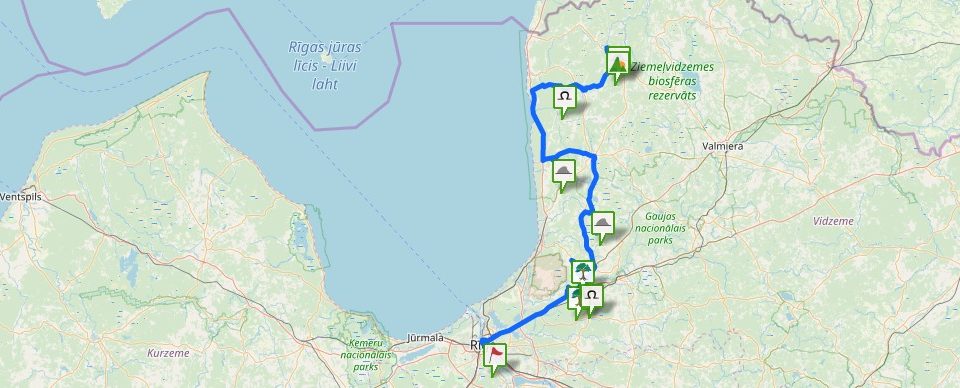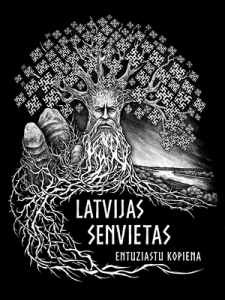A cup-marked stone and a stone of archaeological significance. Dimensions: length 2.25 m, width 1.4 m, height 1.0 m, circumference 6.2 m, volume almost 2 m3. Granite — ruddy, from the dark materials it contains biotite and hornblende. The stone surface is significantly eroded, there are several cracks. The stone, supposedly, lies in its original place or has been slightly relocated.
In the forests of the Durbe River left bank between Dunalka and Cīrava. In a deciduous forest about 150 m SE from the Mūrnieki homestead, on the E side of the stone layer, 20 m SW from the meadow, in the underbrush, about 150 m from the Dunalka–Cīrava road.
The cup-marked stone with 114 cup marks (this is among the richest stones in cup marks in Latvia). Almost all cup marks are of the traditional spheric shape, absolutely round when viewed in a plan, with the exception of one cup mark which is oval and seldom seen in the cup-marked stones of Latvia. Regarding the purpose of creating cup-marked stones scholars have suggested more than 30 different versions the most likely of which are connected with cult rituals which have taken place at such stones.
The cup-marked stone discovered by explorer Jānis Cepītis on 17 June, 2000
